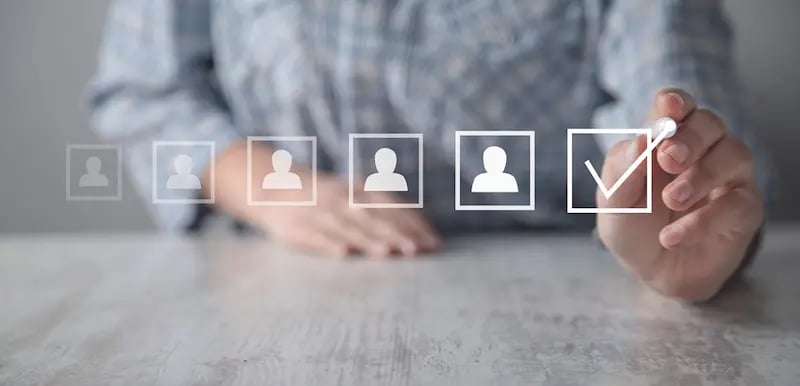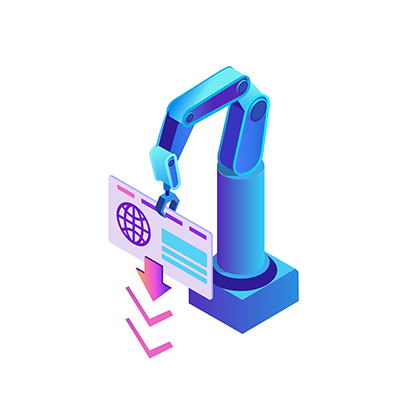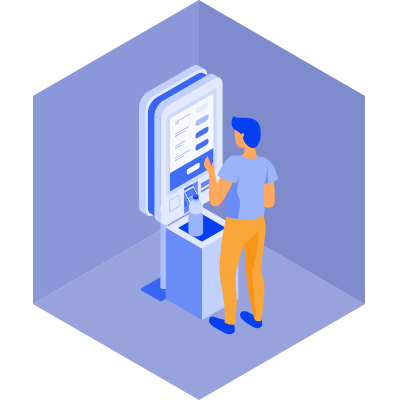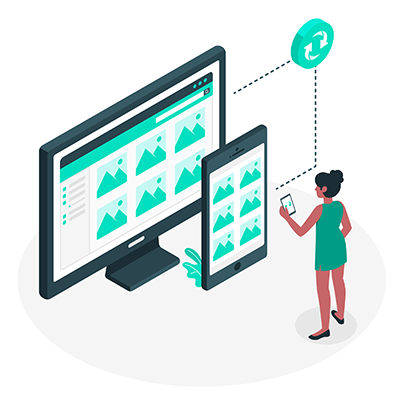Exus Blog Article
Best Practices for successful debt recovery of auto loans

Navigating the world of collections can be daunting for an auto-finance lender of any size. There’s an exhausting list of laws, regulations, and processes to be considered, not to mention the staffing and expertise required to be successful. Despite the obstacles, it’s critical an auto finance lender engaged in any type of lending activity have a solid collections strategy, processes, and tools in place. A healthy, viable collections strategy will create efficiencies and maximize recoveries – while keeping your lending program thriving in tandem.
Here are some of the best practices you could employ for recovering auto loan debt:
Develop various strategies based on account tenor, balance breaks, accounts past due and credit score
Don’t take a one-size-fits-all collections approach. Lenders collecting auto loan debt optimize decisions and the recovery of outstanding balances with the help of risk, collection, and or recovery scoring. These scoring models may be based on credit-bureau scores, internal scoring systems, or a combination of both sources. Account scoring can help improve collections, reduce roll rates, minimize charge-offs, and assist in the prioritization of accounts by determining their expected outcomes. To prioritize delinquent accounts, lenders should apply analytics that brings out both the probability of recovery and the expected monetary amount to be recovered. For example, collection scores may identify:
- A consumer’s willingness and or ability to pay.
- A consumer making a payment on their account in the next 30 days.
- Self-curing accounts (i.e. those that may return to good standing during the current cycle).
- The most cost-effective approach to contacting a consumer (e.g. email or letter campaign versus phone calls).
Establish and measure key performance indicators (KPIs)

It’s critical to measure and monitor any process you have in place. As the saying goes, “what gets monitored gets done.” Set KPIs with an understanding of the data available to you. There’s nothing worse than setting a performance indicator only to find out you have no easy way to measure it. This will likely require a quick inventory of your systems and data points available, and possibly making adjustments so that you can easily measure your success. Ensure that you have the right tools in place to be able to do multi-dimensional analysis and gain valuable insights regarding portfolio performance and evolution, strategy effectiveness, cost analysis, assignments & payments analysis, etc.
Implement a comprehensive incentive program for your collections staff and estimate capacity accurately
Offer a competitive incentive program for your collections staff to ensure you have them focused on maximizing your returns, as quickly and effectively as possible. When your staff is required to not only multitask but also to multifunction, it’s important to be very mindful of what you need from a competency skillset in a collector. For example, you would not want to delegate collections to a borrower service associate because they have the time to fit it into their schedule. Assess your staff to identify successful collection skillsets and then adjust workload appropriately; and, if no one has the time or skills, it’s in your best interest to identify a vendor partner.
Of equal importance is the ability to accurately predict demand and perform capacity planning. These are the metrics that are critical to the success of an in-house collections department:
- Understand your current lending volume; your delinquency and charge-off rates; and, how that translates into the number of files per day, week, and month
- Then, identify the number of full-time employees (FTEs) available to handle that volume. Do you have dedicated staff or multi-function staff?
- Finally, does the volume and number of FTEs to work the volume create your desired outcome?
Develop strong relationships with outside vendors in support areas like auto repossession
There are certain aspects of collections that you will either need to partner or outsource altogether, predominately auto repossession, remarketing, and outside legal counsel. Ensure you’ve done vendor due diligence to find a high level of expertise in the areas that you need.
Automate all your document generation process
Automating statement generation and sending payment notifications to customers is a great way to take some burden off the shoulders of debt collection agents. These auto-generated payment messages can be sent across to borrowers through SMS or mail. Automated reminder systems can send thousands of customized, personalized messages via a customers’ favorite communication channel. Not only does this kind of automation easier at the lending headquarters with minimal paperwork and manual tracking but also saves borrowers a trip or two to make payments physically.

Schedule Follow-Up Tracking
Lenders often struggle with ways to get customers to repay loans before resorting to extreme measures like legal intervention. Using scheduled payment reminders such as SMS texts and emails, are an easy way to follow up with a borrower. When a debt collector contacts a delinquent customer, they need to keep additional contacts on a strict schedule. Systematic follow-up of borrower’s accounts reinforces a sense of seriousness and urgency for the customer. Thus, follow-up tracking is a less invasive approach to recover debts from borrowers quickly and consistently.

Employ a Multi-channel Contact Strategy
Digitization of the debt collection process helps lenders achieve their debt recovery goals quickly. Digital channels are the most hassle-free way of getting in touch with borrowers today. There is a dire need to integrate contact preferences and behavioral segmentation into debt recovery strategies.
A customer-sensitive multi-channel contact strategy helps gather responses from borrowers better than traditional methods. Use advanced analytics, machine learning, and automation can be used to deliver tailored messages through the customer’s preferred channels, at considerable time gaps. Investing in data analytics, AI, and automation can successfully identify and segment customer types and preferences. The cost of implementing a robust multi-channel strategy remains insignificant when compared to the returns it offers to issuers.
Enhance your collections Self-Service Capabilities
It is true that a customer-oriented collection strategy boosts the collection success rate and reduces operating costs. Using self-service capabilities turns around the debt collection processes for the better. These kinds of options allow borrowers to follow a do-it-yourself approach for clearing past-due balances. Using creative web tools in a software-as-a-service debt collections model, lenders can improve the customer experience, manage compliance, and automate the collections process through integrating self-service capabilities into the system. Not only does this kind of option help lending companies save money in the long run, but also enhances the customer experience. Speed loan repayments from delinquent borrowers with self-service options.
Monitor customer activities in Real-time
Lending companies can benefit from monitoring the customer’s activity in real-time when they seek to recover a debt. Such a system can notify debt collectors about the repayment activities of borrowers as and when they are done. Real-time notifications ensure that borrowers who have already repaid are not bothered unnecessarily through unwanted recovery calls and save a lot of time. This holds true also for field collectors, where support for real-time payment monitoring is essential in order to avoid performing unnecessary and costly visits to customers.




